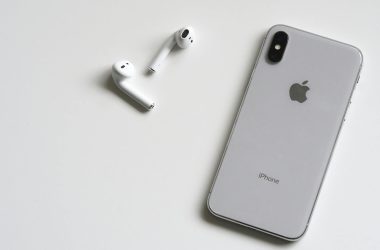For many years, stolen smartphones have been a cash cow for criminals. They may either snatch them when you’re not looking, attack you for them, then they make money selling them as used.
The issue of stolen smartphones has ballooned out of control. However, criminals’ ability to pass off stolen phones as legitimate is limited.
Apple Has Released A Tool That Can Help Detect Stolen Smartphones And Other Devices
Phones have built in International Mobile Equipment Identity (IMEI) numbers. To find the device’s IMEI number, type #06#. On Apple devices, go to Settings > General > About.
Apple’s tool isn’t really touted as a theft detector per-se. It is an activation checker. However, it can help you to determine if you’re being sold a stolen smartphone by telling you whether the Find My iPhone activation lock has been turned off so that you can use it. You can do this by entering the phone’s IMEI or serial number.
If the Find My iPhone Activation Lock has not been turned off, that indicates that the previous (real) owner of the phone probably didn’t want to sell it. So it is stolen, and you’ll need to move on to another seller entirely.
If it is a store which appears to be legitimate, tell them that it is stolen. Some used item stores purchase stolen smartphones from people without realizing it.
According to the source, PC World:
‘Activation Lock was optional in iOS 7, but Apple turned it on by default in iOS 8. Legislation passed in California this year requires all new phones sold in the state from July 2015 to have a kill-switch function.
Data from law enforcement agencies suggests that Activation Lock might have had a deterrent effect for phone theft. In San Francisco thefts of iPhones dropped by 38 percent in the first six months after iOS 7 and Activation Lock were launched in September 2013. In New York City the number of similar incidents dropped by 19 percent in the first five months of this year.’
Find My iPhone hasn’t been around for along, but the IMEI code has been on all phones for many years, so every stolen smartphone has a unique built-in number which service providers and manufacturers could use to develop a system that identifies stolen phones, even without an activation lock.
For more technology news, visit the technology category. For technology reference material, including how-to articles, visit the technology section.




